I still remember the first time I baked a cake from scratch—I followed the recipe to the letter, but my cake turned out dense and dry. It wasn’t until much later that I realized the fat I used played a huge role in the texture! Should I have used oil instead of butter? Or maybe a mix of both? That little dilemma led me down a rabbit hole of understanding fats in baking, and today, I’m here to share everything I’ve learned with you.
Baking is both an art and a science, where every ingredient plays a crucial role in determining the final texture, taste, and overall quality of the baked good. One of the biggest decisions bakers face is choosing between oil and butter as the fat component in a recipe. While both serve the purpose of adding moisture, richness, and structure, they do so in very different ways. Understanding the differences between oil and butter in baking will help you make the best choice for your cakes, cookies, and other baked treats.
THE ROLE OF FAT IN BAKING
- Moisture and Tenderness: Fat coats the flour proteins, limiting gluten formation, which leads to softer, more tender baked goods.
- Flavor: Some fats, like butter, add a distinct taste, while others, like vegetable oil, act as a neutral base.
- Texture and Structure: Fat affects how air and liquid are incorporated into the batter, influencing the crumb of cakes, muffins, and cookies.
- Leavening Assistance: In some recipes, fat helps trap air, contributing to the rise and fluffiness of baked goods.
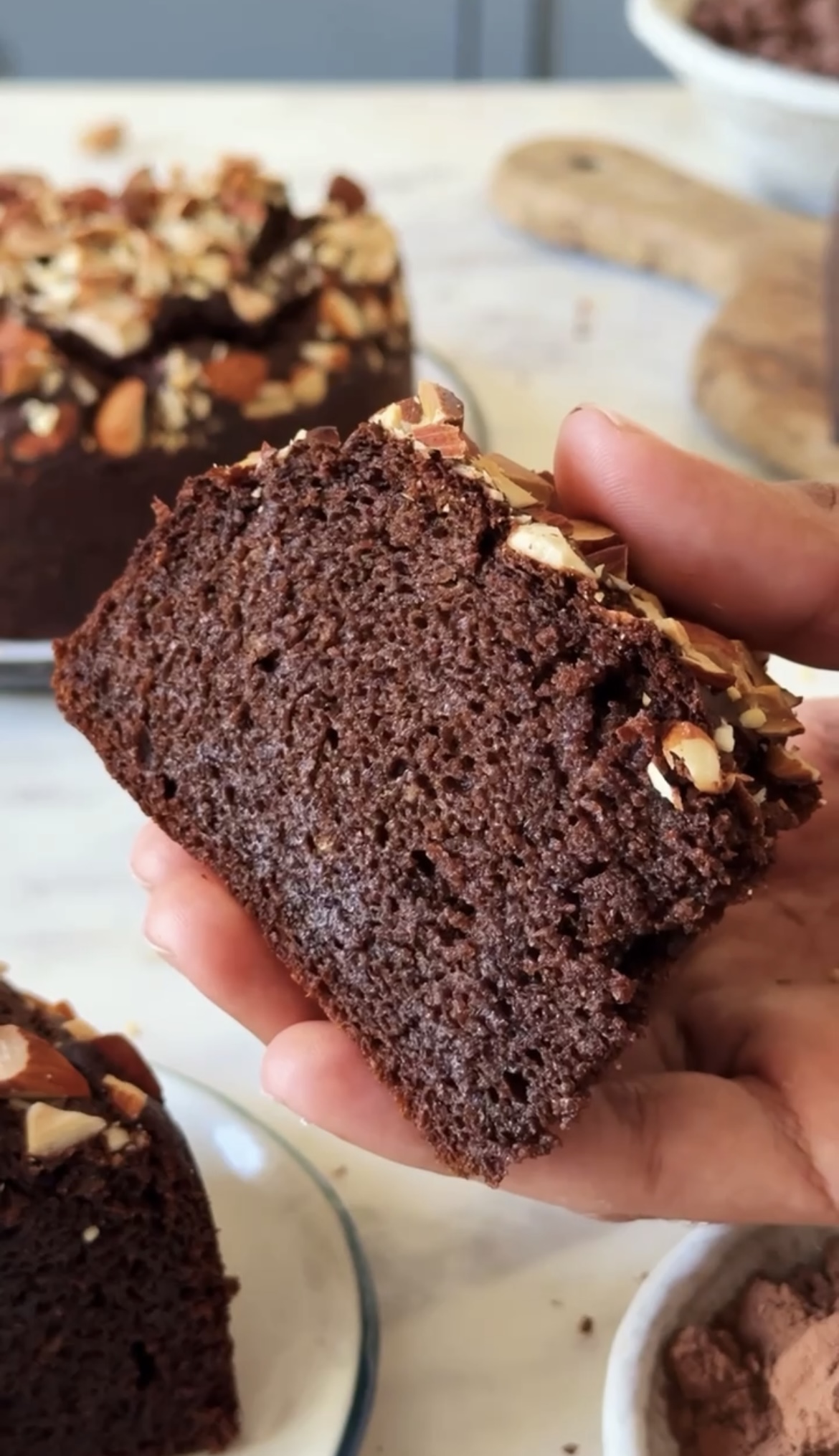
BUTTER IN BAKING
Butter is made up of about 80% fat, 15% water, and 5% milk solids, making it unique compared to pure fats like oil. It enhances flavor, adds richness, and plays a role in the structure of baked goods.
BENEFITS OF USING BUTTER
- Rich Flavor – Butter has a distinct, creamy taste that enhances cookies, cakes, and pastries.
- Creates Flakiness – In pastries, biscuits, and pie crusts, the water in butter evaporates during baking, creating steam pockets that lead to flaky layers.
- Helps with Leavening – When creamed with sugar, butter traps air, making cakes and cookies lighter and more aerated.
- Gives Structure – Solid at room temperature, butter helps dough hold its shape better than oil.
WHEN TO USE BUTTER
- Cookies: For a chewy or crispy texture with a rich, buttery taste.
- Cakes: For aeration and a denser crumb (like pound cakes or butter cakes).
- Pie Crusts & Pastries: For flakiness and structure.
- Shortbread & Biscotti: Where butter’s flavor is the star.
RELATED RECIPES FROM THE BLOG
- ALMOND RAGI MOCHA CAKE
- COCONUT CAKE
- CHOCOLATE CUPCAKES
- BANANA BREAD
- CHOCOLATE PISTACHIO COOKIES
- EGGLESS HEALTHY BROWNIES
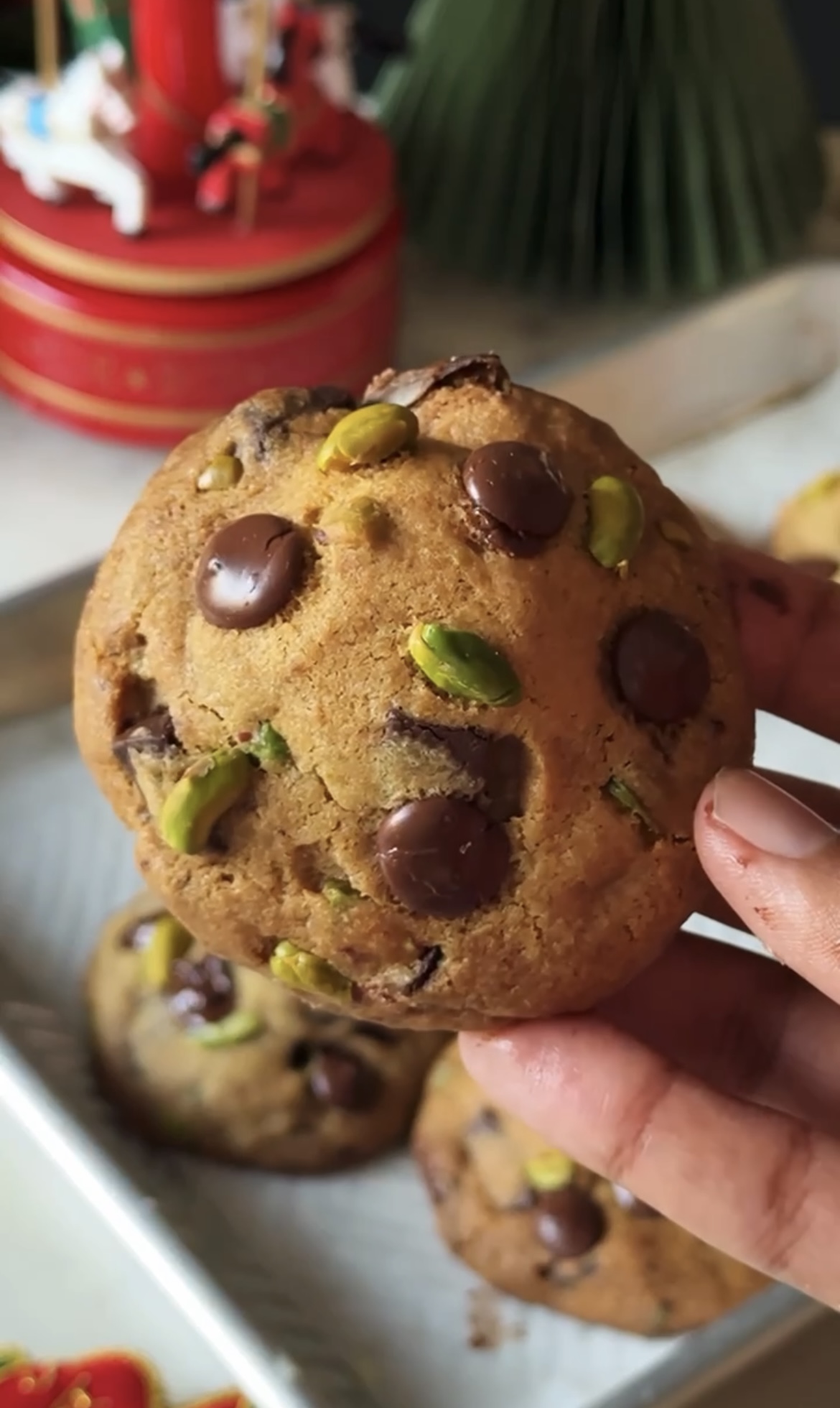
Screenshot
DOWNSIDES OF BUTTER IN BAKING
- Can Lead to Dryness – Because butter contains water, baked goods made with butter can sometimes be drier than those made with oil.
- Prone to Overmixing Issues – When creamed too much, butter can lead to excessive air incorporation, making cakes collapse.
OIL IN BAKING
Oil is 100% fat and does not contain water, making it an excellent ingredient for retaining moisture. it creates a soft and tender texture in cakes and muffins.

BENEFITS OF USING OIL
- Keeps Cakes Moist for Longer – Oil prevents excessive gluten development, making cakes incredibly soft and moist.
- Creates a Light, Open Crumb – Unlike butter, oil doesn’t trap air, resulting in a finer, more delicate crumb.
- Works Well in High-Hydration Recipes – Since it stays liquid at room temperature, it helps retain moisture over time.
- Easier to Work With – No need for creaming or softening; it mixes smoothly into batters.

WHEN TO USE OIL
- Moist Cakes: Oil-based cakes like chocolate cake, carrot cake, and banana bread stay moist for days.
- Muffins & Quick Breads: For a tender texture with no dense spots.
- Brownies: Oil gives a fudgy texture rather than a cake-like one.
RELATED RECIPES FROM BLOG
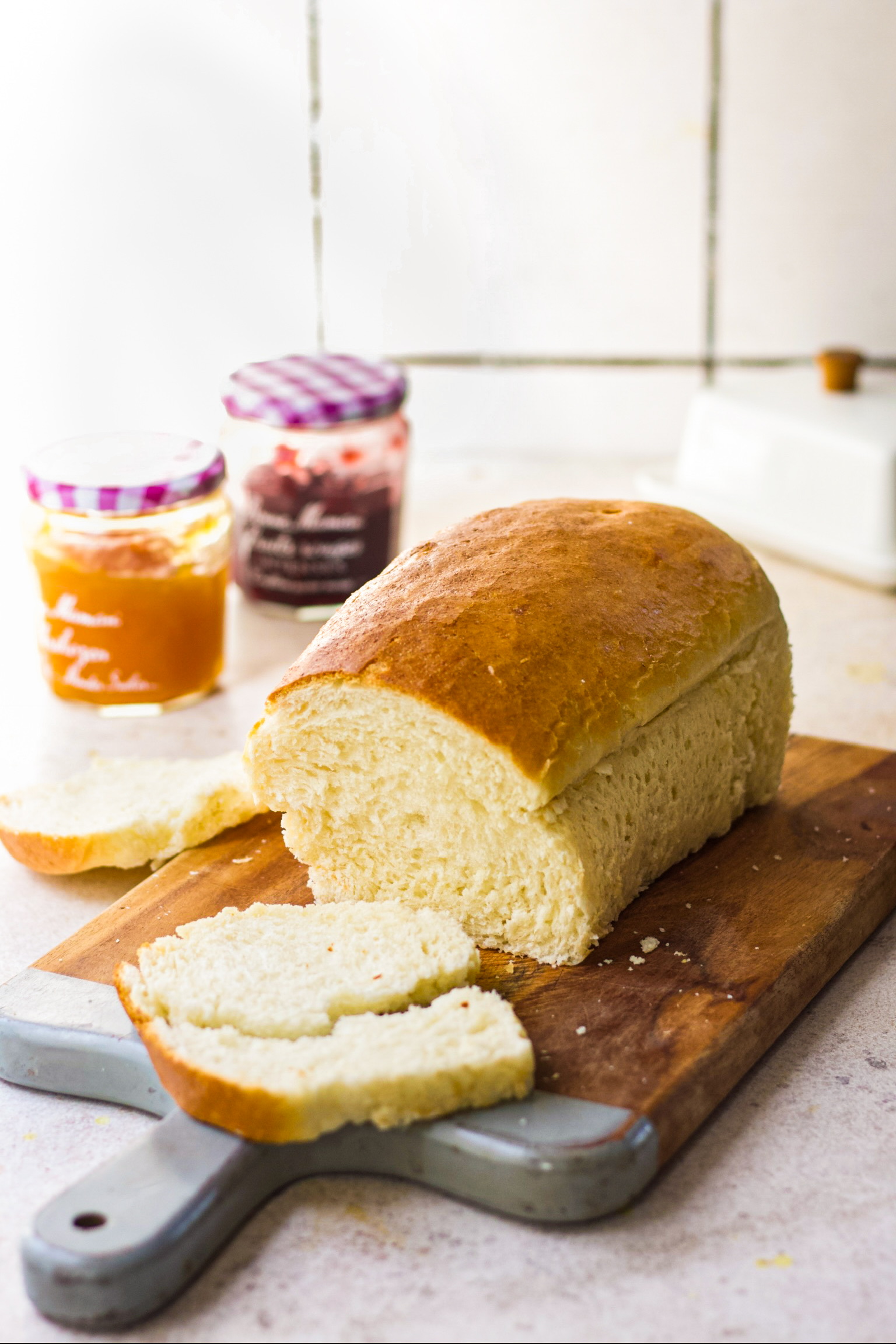
DOWNSIDES OF OIL IN BAKING
- Lacks Flavor – Unlike butter, oil doesn’t contribute to the overall taste of the baked good.
- Less Structure – Since oil is liquid at all temperatures, it doesn’t help with layering and flakiness.
HOW TO SUBSTITUTE BUTTER FOR OIL AND VICE VERSA
Sometimes, you may need to swap oil for butter (or vice versa) due to dietary needs, availability, or desired texture. Here’s how:
- Replacing Butter with Oil: Use ¾ cup of oil for every 1 cup of butter to compensate for butter’s water content.
- Replacing Oil with Butter: Use 1 ¼ cups of melted butter for every 1 cup of oil to adjust for moisture differences.
*Note* : If substituting, consider adding a pinch of salt when replacing butter with oil to balance the flavor.
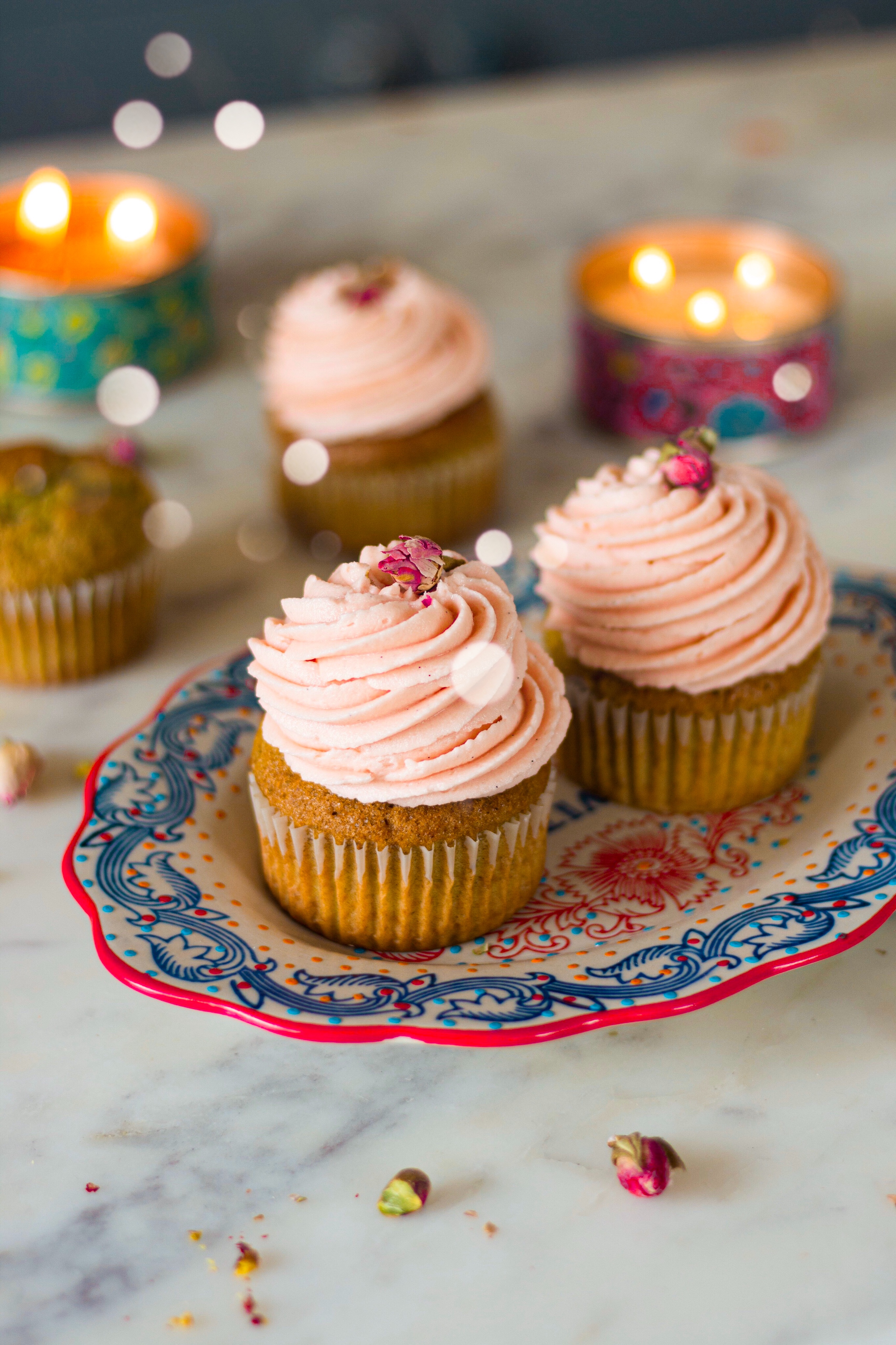
PRODUCT LINKS FOR BUTTER AND OIL I USE FOR MY RECIPES
Link for BUTTER
Link for OIL
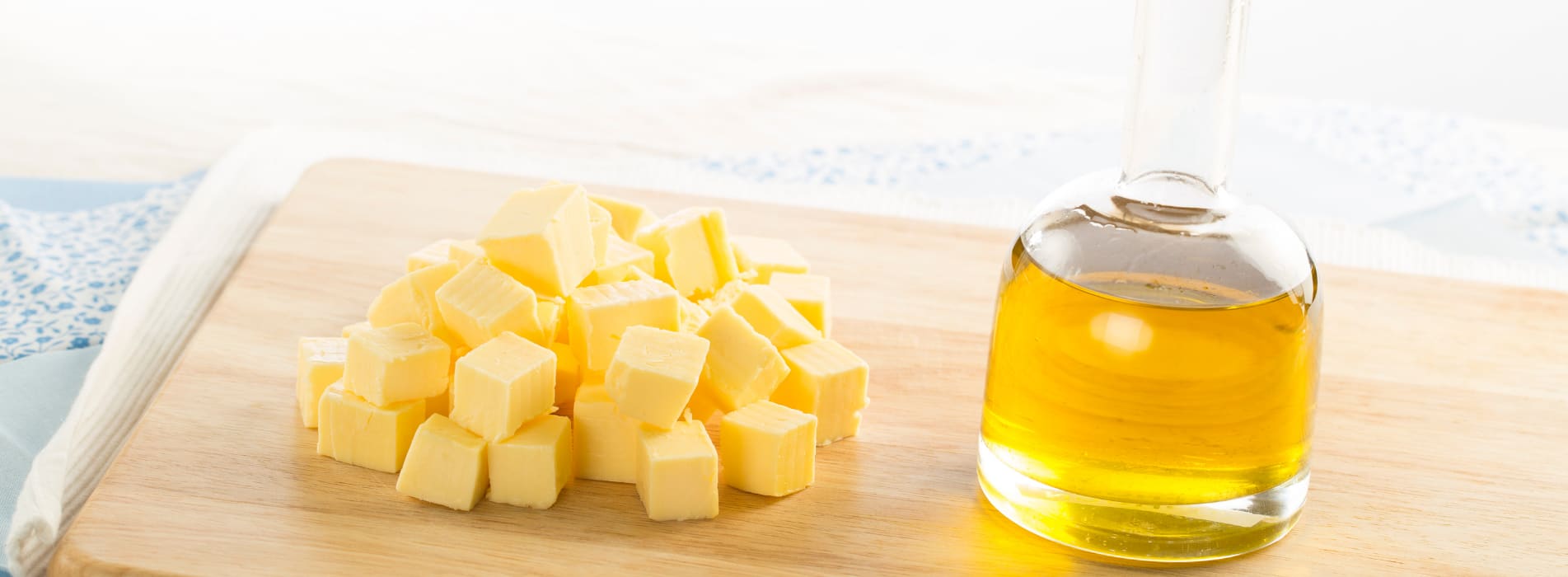
FINAL VERDICT: OIL VS. BUTTER – WHICH IS BETTER?
There’s no definitive answer—it depends on the texture and flavor you’re aiming for!
Use Butter If: You want rich flavor, a firmer texture, and flaky layers.
Use Oil If: You want extreme moisture, a tender crumb, and longer freshness.
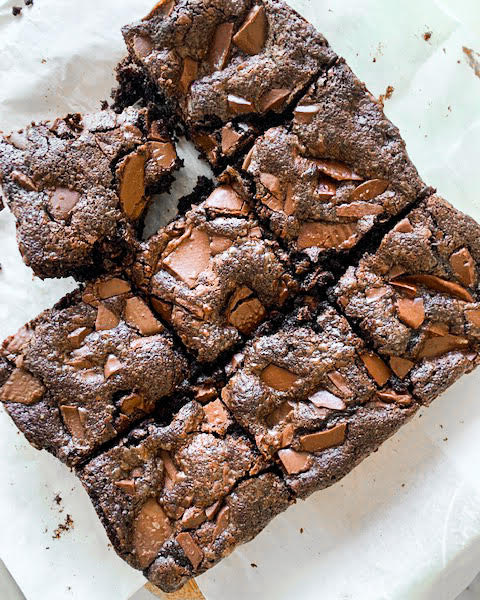
In my preference, however, the best cakes and cookies are made by combining both—butter for flavor, and a little oil for moisture. Try experimenting to see which works best for your favorite recipes!

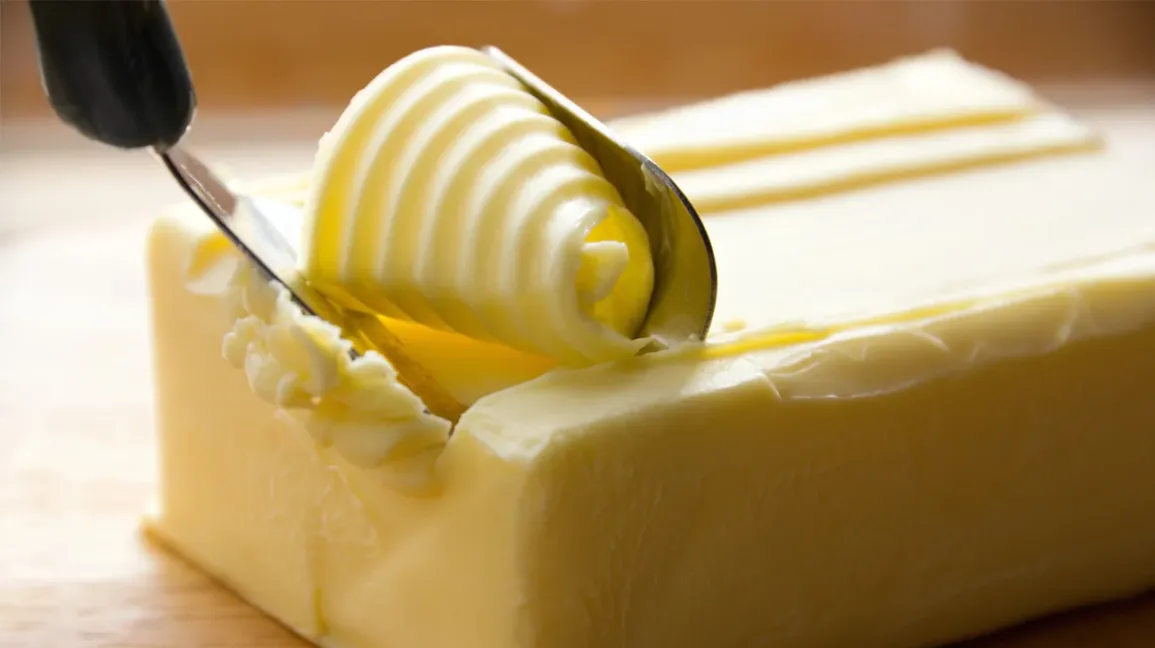
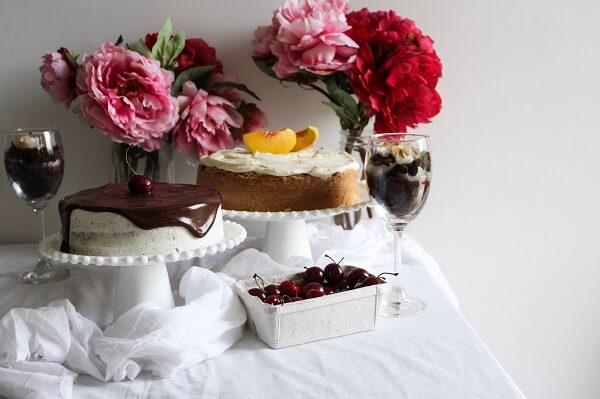 Hello. I'm Shivesh Bhatia, a food blogger and food stylist from Delhi, India. Welcome to Bake With Shivesh, where I'll help you create magic in your kitchens with my simple recipes.
Hello. I'm Shivesh Bhatia, a food blogger and food stylist from Delhi, India. Welcome to Bake With Shivesh, where I'll help you create magic in your kitchens with my simple recipes.
Leave a Reply